Ayurveda is the oldest continuing health science in the world. The central principle of Ayurvedic science is that we are all unique with an individual constitution, and our own physical and psychological nature. Hence the Ayurvedic approach treats all aspects of a person, as anything that affects the mind will affect the body. The Sanskrit word Ayurveda, means the science or wisdom of life.
It is one of the few sciences that treats the individual through a thorough assessment of a person’s unique makeup and circumstances. The individual is examined within the broader context of their life and all factors influencing their wellbeing are taken into consideration. The success of the Ayurvedic tradition comes through the promotion of balanced living and is founded on the principle that nothing functions in isolation.
[wp_ad_camp_1]
While it is an ancient science from an ancient culture, in today’s throwaway and quick fix culture, the perennial wisdom of seeing the individual as a whole and as part of his or environment, is fundamental to long term, sustainable wellbeing and happiness.
Ayurveda is a 5000-year-old philosophy based on a deep understanding about the human body as a whole, encompassing the mind, spirit, and emotions. It embraces medical science, philosophy, psychology as well as astrology and astronomy. Yoga and meditation, now widely embraced by westerners, are both key parts of Ayurveda. However, one does not need to subscribe to the spiritual beliefs on which it is based in order to benefit from it.
Ayurveda and the Modern World
In today’s fast paced high-pressure modern world, stress and burnout are becoming an epidemic. In the US, nearly 80% of people experience physical symptoms caused by stress. Sleep deprivation, over exposure to media, financial pressures, poor nutrition, work pressures and relationship problems are all causing serious health issues. And too often people are turning to quick fixes, such as medication, instead of dealing with the underlying problems, so they unfortunately end up in a spiral of bad health and compromised wellbeing.
The three main goals of Ayurveda are to preserve the health of a healthy person, to prevent disease and to promote longevity through improved quality of life in mind, body and spirit. Health is defined as much more than just the absence of disease. One of the great scholars of Ayurveda defined health in this way:
“Health is the state of equilibrium of doshas (biological humor), agnis (transformative physiological system functions), dhatus (tissues and organs), and malas (metabolic byproducts), along with sensorial, mental and spiritual well being.” – Sushruta
It is a sustainable system of healing that is available to all and works in harmony with the natural world. Ayurvedic healing tools are easily available herbs, oils and food. The central message of Ayurveda is: “Let food be your medicine and kitchen be your first pharmacy.”
Creating the Habits of Balanced Living
Ayurveda focuses on the art of balanced living, as nothing functions in isolation and imbalance often result in disorder and illness. Establishing a daily routine that create habits of self-care is seen as a sacred duty.
To create these habits, it helps to understand the fundamental elements of the complex system that is Ayurveda. The classical elements of Ether, Air, Fire, Water and Earth form the building blocks of all existence. The Ayurvedic belief is that the human body is made of the same elements as all of nature, and most peoples’ bodies express a predominance of one element. This results in a particular physical shape, appetite and personality that constitute one’s dosha. The Doshas are different combinations of the five elements and their properties, and when in balance, maintains well-being. They are called Vata, Pitta and Kapha.
Vata – Ether (or Space) and Air. Governs communication and movement. Thin, light body. Active and imaginative mind.
Pitta – Fire and Water. Governs energy and transformation. Medium build, dynamic and intelligent.
Kapha – Earth and Water. Governs structure and cohesion. Large or stocky body frame. Easygoing nature, stable and patient.
What’s Your Dosha?
Generally speaking, the dosha or doshas that are most dominant in your nature are the ones that cause you the most concern in your life. Consulting an Ayurvedic practitioner, or even taking an online questionnaire could help you determine what your Doshic state is. Many people have a fairly equal mix of two doshas present in their body type.
Our doshas are constantly in a state of flux and are influenced by our diet, lifestyle, the weather, our state of mind and our emotions. Due to these influences, you may have too much or too little of one or more doshas in your body-mind make up. Using the opposite qualities of the aggravated dosha can restore balance.
Let’s use the example of Air. Say you exposed your body to excessive wind, you would become cold and your skin would become dry. The excess wind would have caused an imbalance of the air element, and we start to see the properties of air increase in a negative way. Therefore someone with a predominantly Vata (Air) dosha in an aggravated state could feel cold and have dry skin. Or they could be feeling bloated, spaced out, flighty and anxious, and talk very quickly. Fear affects the nervous system, and would increase the air element in the body and mind. Over time this imbalance of extra air (fear and worry) is likely to create coldness and dry skin.
The Elements
Using the elemental system, we could use opposing elements for balance. Eating warm, heavier, moist foods that are grounding (Kapha=Earth & Water) in nature. Steam saunas, or eating foods cooked with warming spices (Pitta=Fire & Water). Meditating and doing slow and calming yoga: all of this would help to balance the excess air and reduce the inclination toward fear and worry. In balance, a person with a lot of Vata dosha is enthusiastic, energetic, spontaneous, creative, flexible, quick thinking and open.
Like will increase like. A Vata dosha is dry, cold, light, rough and quick. Food that is cold, light dry and rough tends to increase Vata. Activities that increases Vata are running, high-energy exercise, and being constantly on the move.
The Pitta dosha is hot, intense, sharp and penetrating. Eating lots of hot, spicy, strong tasting, salty food increases Pitta. Activities that increase Pitta would involve a lot of sun and heat (like hot tubs or saunas).
The Kapha Dosha is cold, heavy, oily and soft. Eating food with these qualities, like dairy products or starchy food will increase Kapha. This dosha can be quite sedentary, so a lot of sleep and sitting still can increase Kapha.
The Healing Power of Herbs
Herbs play an essential role in this ancient system of healing. Many of the herbs used in Ayurveda (like tumeric) have made their way into Western homes with research proving their efficacy in treating many illnesses. Herbal teas and meals that balance your unique constitution are not only nourishing but also healing. As Hippocrates said: Let food be your medicine.
Eating well, using herbs that you can grow in your garden, honouring your body through yoga and abhyanga – self massage – and cultivating a quiet mind through meditation are all practical tools that help us to take ownership of our own health. When you’re in balance, you’re also more likely to maintain happy and satisfying relationships. [2] Using the ancient wisdom of Ayurveda, we can create truly beneficial habits in our daily lives, or at the very least counterbalance those activities that may be having a negative effect on our wellbeing.
Kapha – Earth and Water. Governs structure and cohesion. Large or stocky body frame. Easygoing nature, stable and patient.
Source: upliftconnect.com

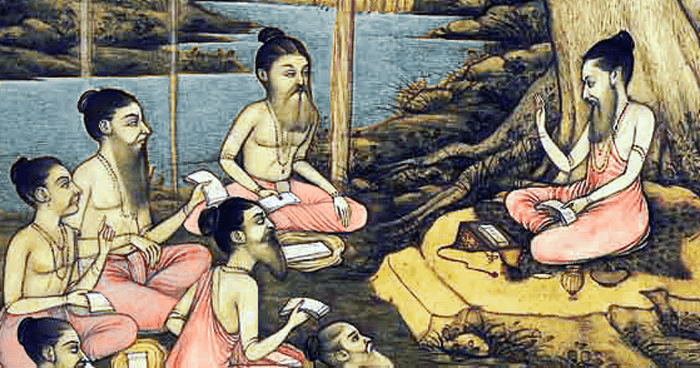
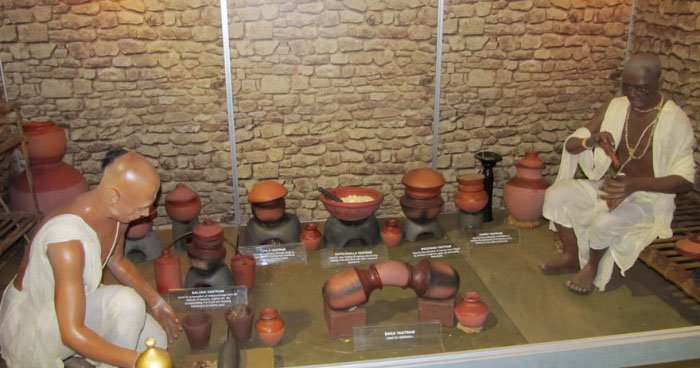
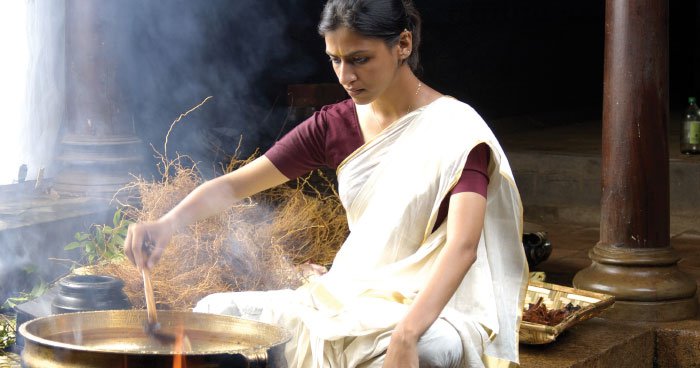
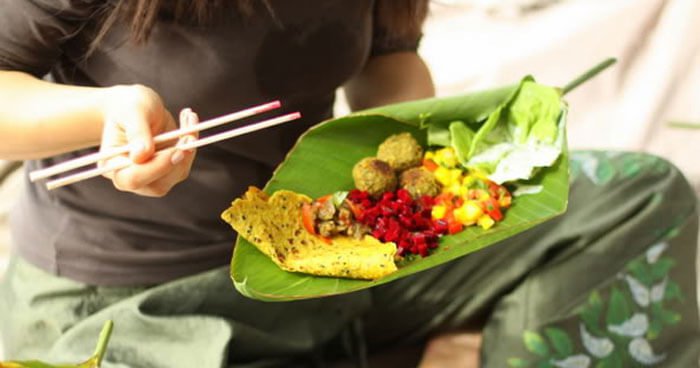
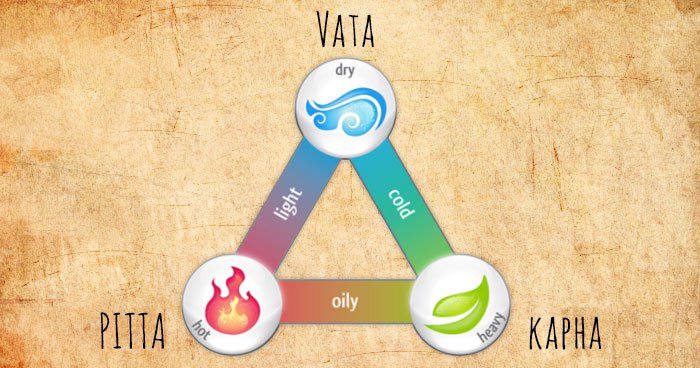
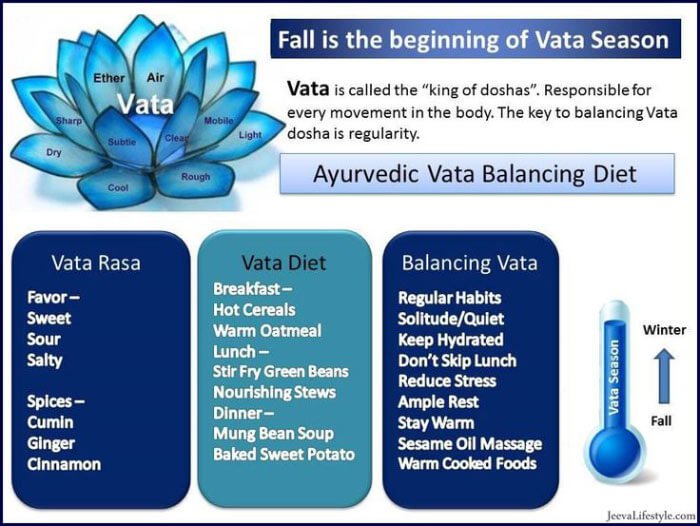



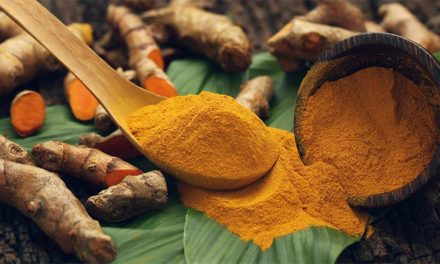
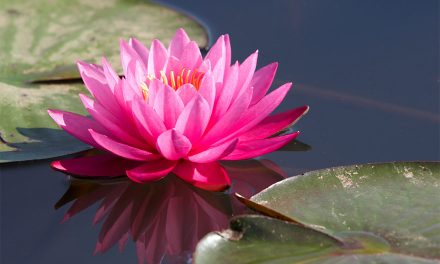





Quite enlightening, sounds quite authentic and leaves me wanting to know more.
Can you give these details in Tamil language to understand easily.
You posted a nice chart on Vata….how about one for Pitta and Kapha.
Please give me some medicinal plants to use to cure anemic A SP.
Thank you
J.R
many many thanks for the revival.regards chandru g advani yokohama japan
Nice to know.